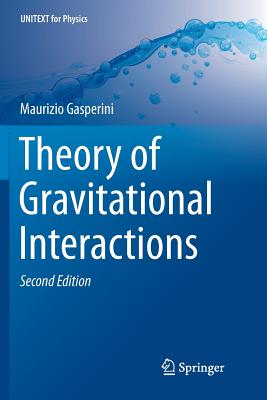
Theory of Gravitational Interactions (Unitext for Physics)
Description
This is the second edition of a well-received book that is a modern, self-contained introduction to the theory of gravitational interactions. The new edition includes more details on gravitational waves of cosmological origin, the so-called brane world scenario, and gravitational time-delay effects.The first part of the book follows the traditional presentation of general relativity as a geometric theory of the macroscopic gravitational field, while the second, more advanced part discusses the deep analogies (and differences) between a geometric theory of gravity and the gauge theories of the other fundamental interactions. This fills a gap within the traditional approach to general relativity which usually leaves students puzzled about the role of gravity. The required notions of differential geometry are reduced to the minimum, allowing room for aspects of gravitational physics of current phenomenological and theoretical interest, such as the properties of gravitational waves, the gravitational interactions of spinors, and the supersymmetric and higher-dimensional generalization of the Einstein equations. This textbook is primarily intended for students pursuing a theoretical or astroparticle curriculum but is also relevant for PhD students and young researchers.



